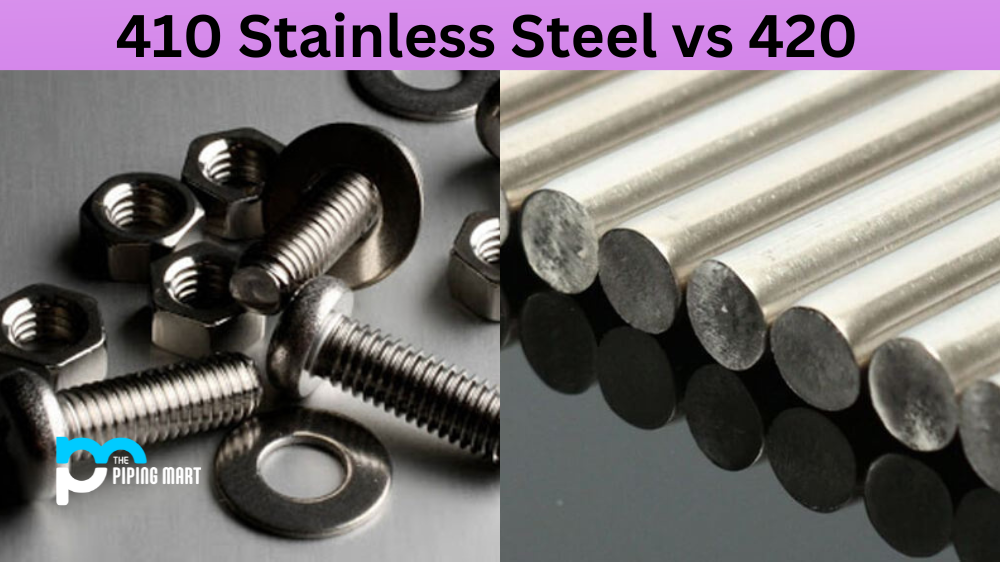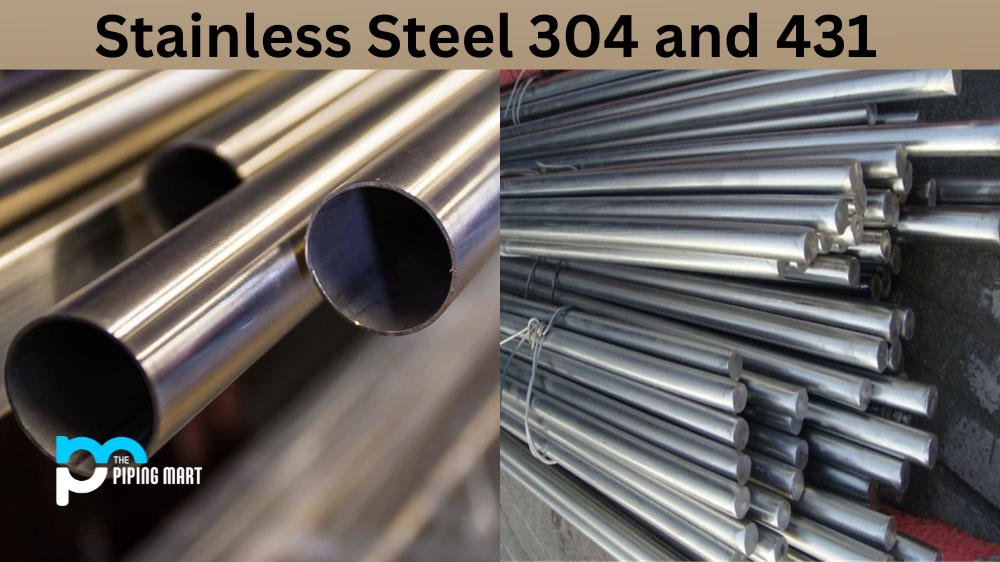As a metal material, aluminium plays an essential role in different industries. Its flexibility, durability, and light weightiness have made it a go-to option for many engineers, designers, and manufacturers. However, not all aluminium types are the same. In particular, 1350 and 8000 aluminium alloys have distinctive properties that make them suitable for various functions. This blog post explores these differences and helps you understand which type is better suited for specific applications.
What is 1350 Aluminium?
This alloy has a purity of 99.5% and is often used in electrical applications. One significant advantage of 1350 aluminium is its high electrical conductivity rating, making it an excellent choice for electrical wiring, transformers, and other electrical components. Additionally, its malleability makes it easily formed and shaped, making it an ideal material for intricate components.
What is 8000 Aluminium?
8000 aluminium alloy is made by mixing aluminium with copper, manganese, and other metals. Unlike 1350 aluminium, it is not primarily used for electrical applications. Instead, it’s commonly used in aerospace and manufacturing due to its strength and durability. Parts made with 8000 aluminium often withstand high-stress environments and are used in constructing aircraft, trucks, and other vehicles.
Difference Between 1350 and 8000 Aluminum
Corrosion Resistance
Another significant difference between these two aluminium alloys is their corrosion resistance. 1350 aluminium is quite susceptible to corrosion, so corrosion resistance is crucial in applications that are not recommended. In contrast, 8000 aluminium is highly corrosion-resistant and can withstand harsh environments.
Weldability
One particular area where the two aluminium alloys are similar, however, is in terms of their weldability. Both 1350 and 8000 aluminium are relatively easy to weld, making them a preferred choice in welding applications.
Other Difference
- 1350 aluminium is a type of aluminium alloy that contains 99.5% aluminium.
- 8000 aluminium is a type of aluminium alloy that contains 99% aluminium.
- 1350 aluminium is softer and more ductile than 8000 aluminium.
- 1350 aluminium is more resistant to corrosion than 8000 aluminium.
- 1350 aluminium is more difficult to weld than 8000 aluminium.
Conclusion
In summary, 1350 and 8000 aluminium alloys have unique properties suited to different applications. 1350 aluminium is an excellent choice for electrical applications that require high conductivity and malleability, while 8000 aluminium is suitable for use in high-stress environments because of its strength and durability. Regardless of the alloy used, it’s essential to understand the properties of each type of aluminium to determine the best one for your specific application. By seeking professional advice and working with high-quality metal suppliers, you’ll surely have the aluminium solution that meets your needs.

Hey, I’m Krutik, a casual blogger expert in the metal industry. I am passionate about providing valuable information to my readers. With a background in engineering and construction, I like playing Cricket & watching Netflix shows in my free time. Thank you for visiting my blog, and I hope you find my information helpful!




